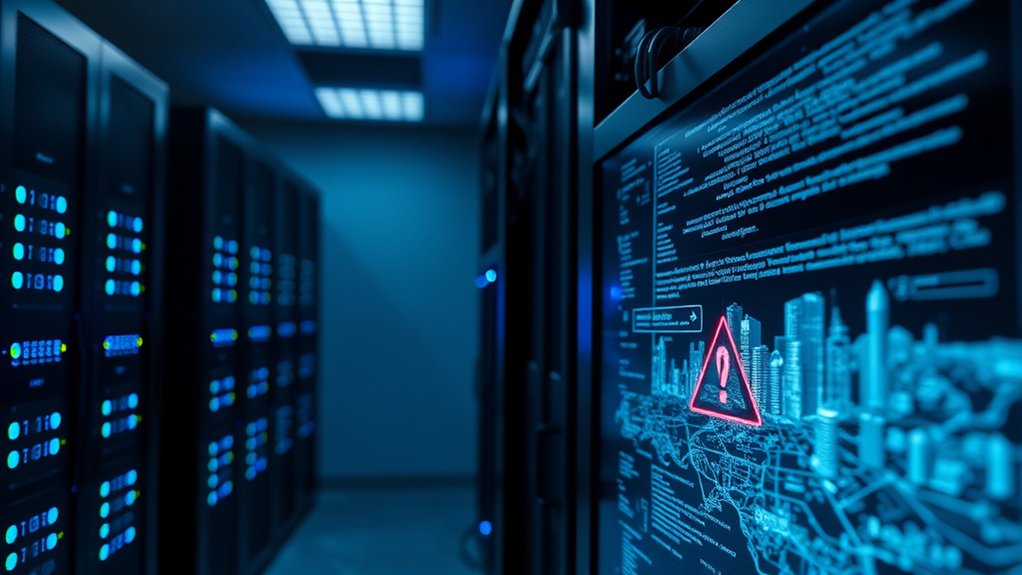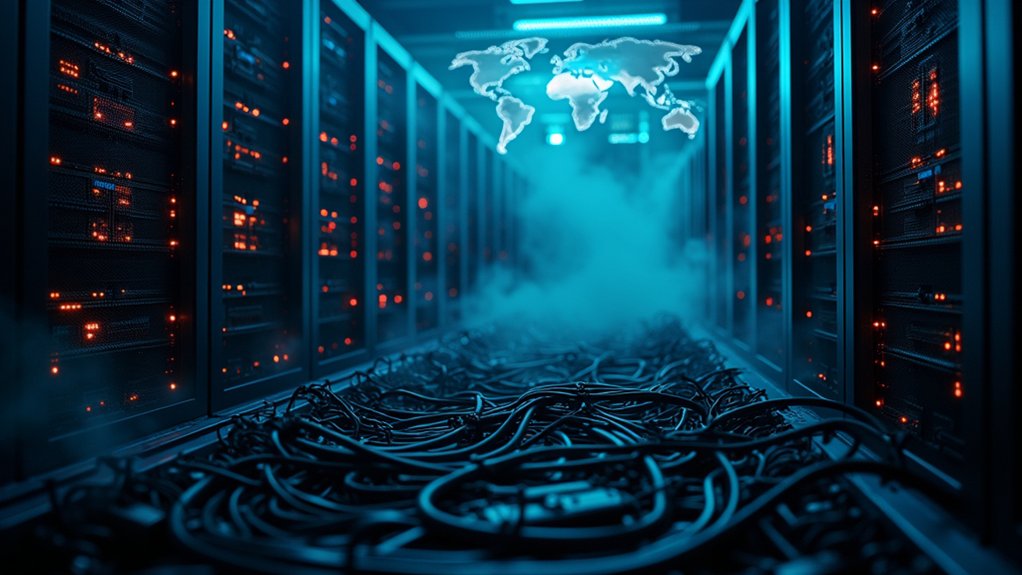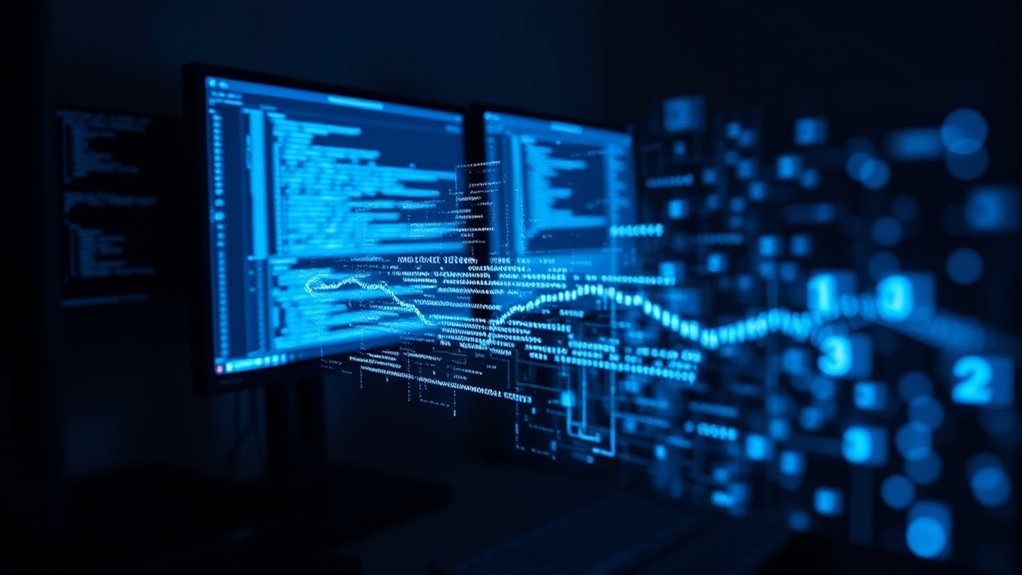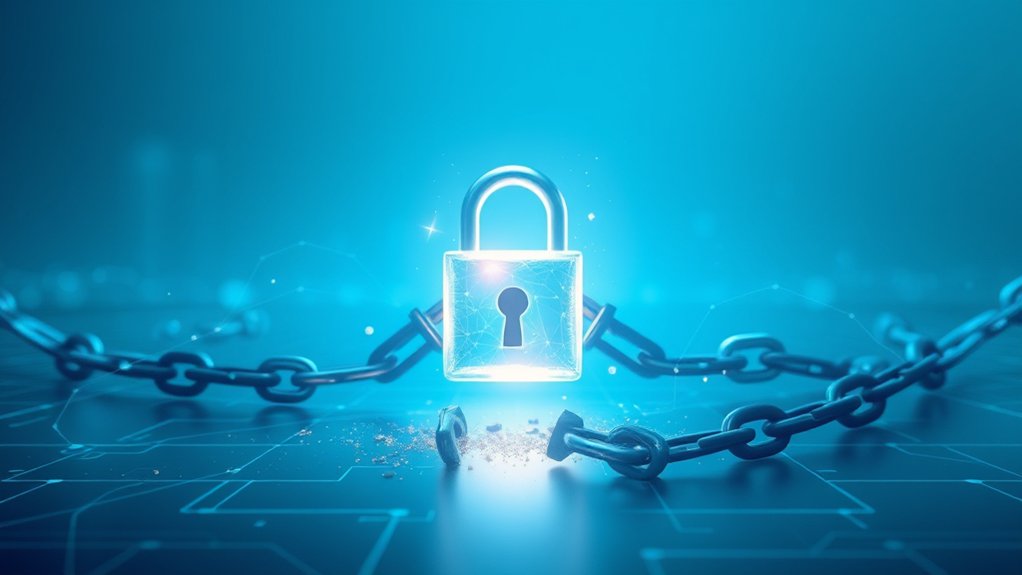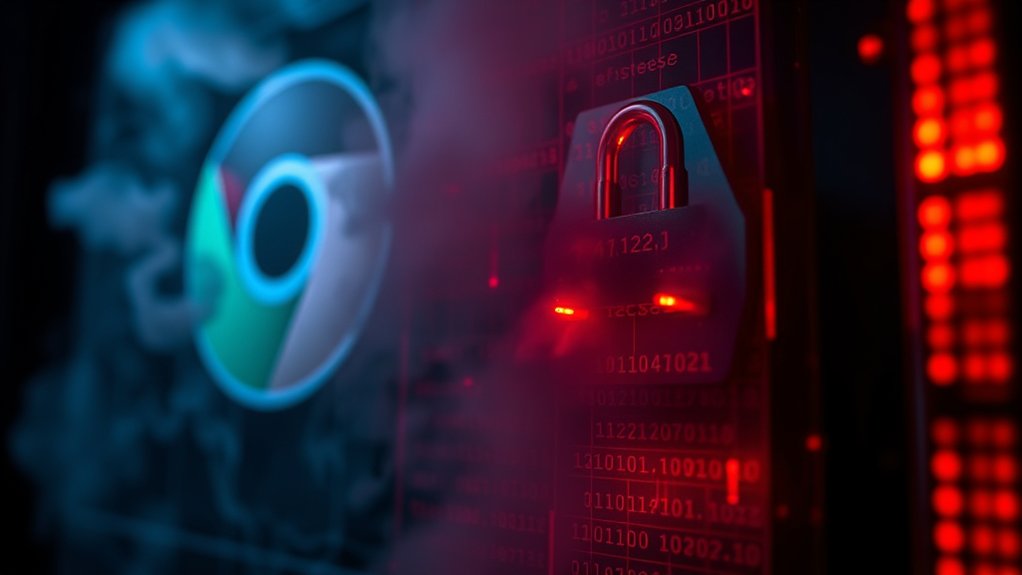As the necessity for modernization increases in the energy sector, a growing number of power grid control systems have become interconnected with the internet, raising considerable concerns regarding cybersecurity. Over 143,000 power grid control systems are identified as being connected to the internet, thereby exposing vital infrastructure to cyber threats such as unauthorized access and remote attacks. These systems, which include industrial control systems (ICS), SCADA, and remote terminal units (RTUs), are essential for managing electricity flow and maintaining grid stability.
Historically, many of these systems were siloed and designed without internet connectivity, which greatly amplifies their vulnerability when integrated into modern IT/OT frameworks. As digitization accelerates, more devices require internet access for remote diagnostics and monitoring, leading to an enlarged attack surface. Operators often lack awareness regarding the reachability of internal, non-public devices through public internet pathways, further compounding the issue. This lack of awareness can result in vital operational risks, such as data integrity breaches and compromises that could trigger widespread outages. Zero-day vulnerabilities pose a particularly severe threat as they can be exploited before system administrators are even aware of their existence.
The cybersecurity risks associated with these exposed systems are alarming. Unprotected control systems are now primary targets for ransomware, espionage, and nation-state actors, which could disrupt electricity distribution and impact millions of users. The convergence of IT, OT, and IIoT is critical for improving the security posture of these control systems by enabling better monitoring and data flow management. Compromised systems threaten system availability, potentially causing blackouts or brownouts that affect large populations. Additionally, the expansion of electrification across transportation amplifies the demand for secure operational infrastructure, emphasizing the need for rigorous cybersecurity measures.
Unprotected control systems are prime targets for cyber threats, risking widespread disruptions in electricity distribution and user impact.
Moreover, the integration of legacy systems with modern technologies introduces complexities that obscure security boundaries, whereas disparate data silos hinder the formation of unified security protocols.
The factors contributing to this situation include limited budgets and expertise within utilities that complicate implementing sturdy cybersecurity measures. Remote access needs, combined with the growing trend of adopting cloud and digital platforms, contribute to the proliferation of internet-exposed endpoints. The absence of defined governance models leaves considerable security gaps, requiring immediate attention to guarantee grid reliability and resilience amid evolving cyber threats.



